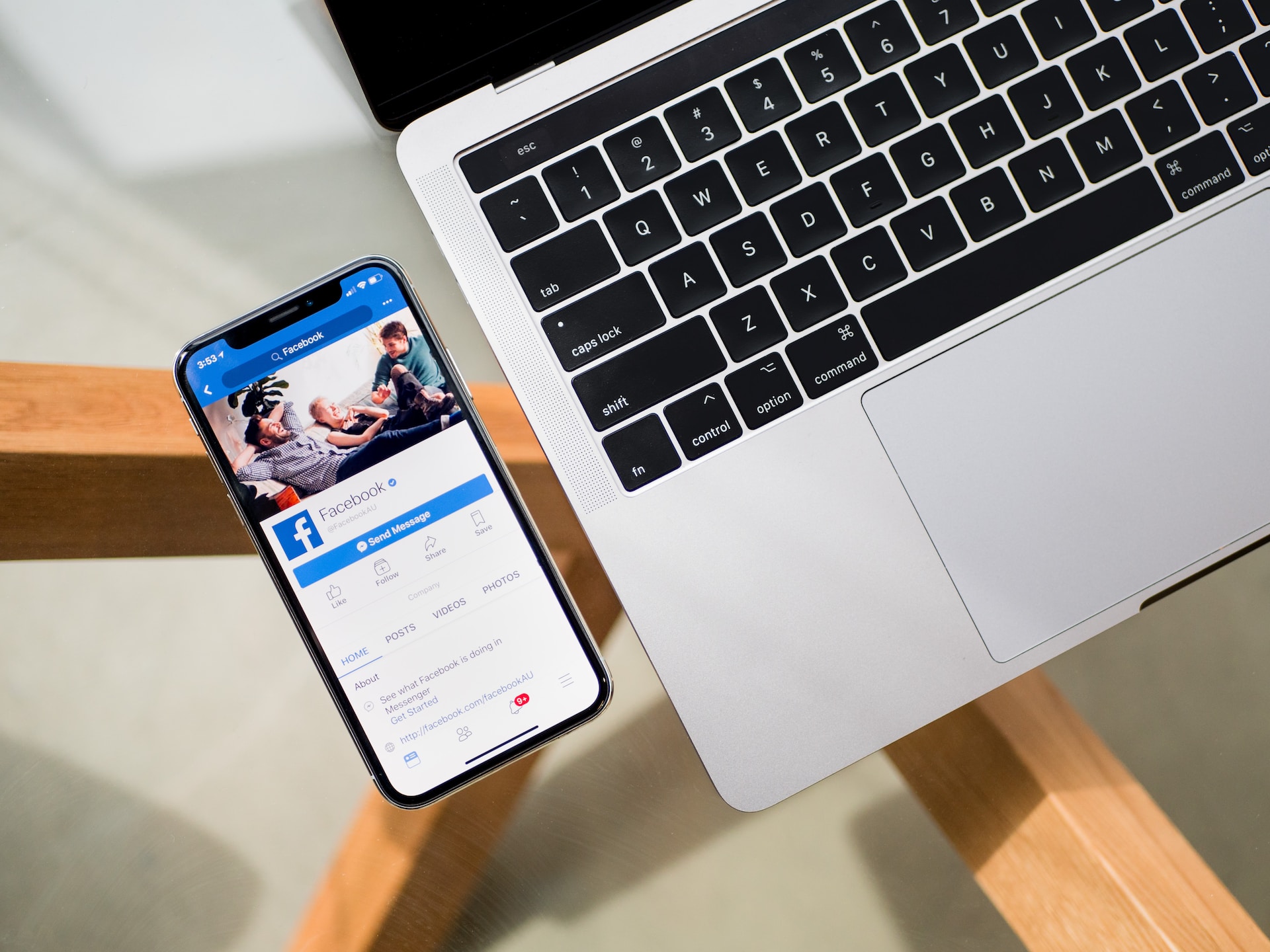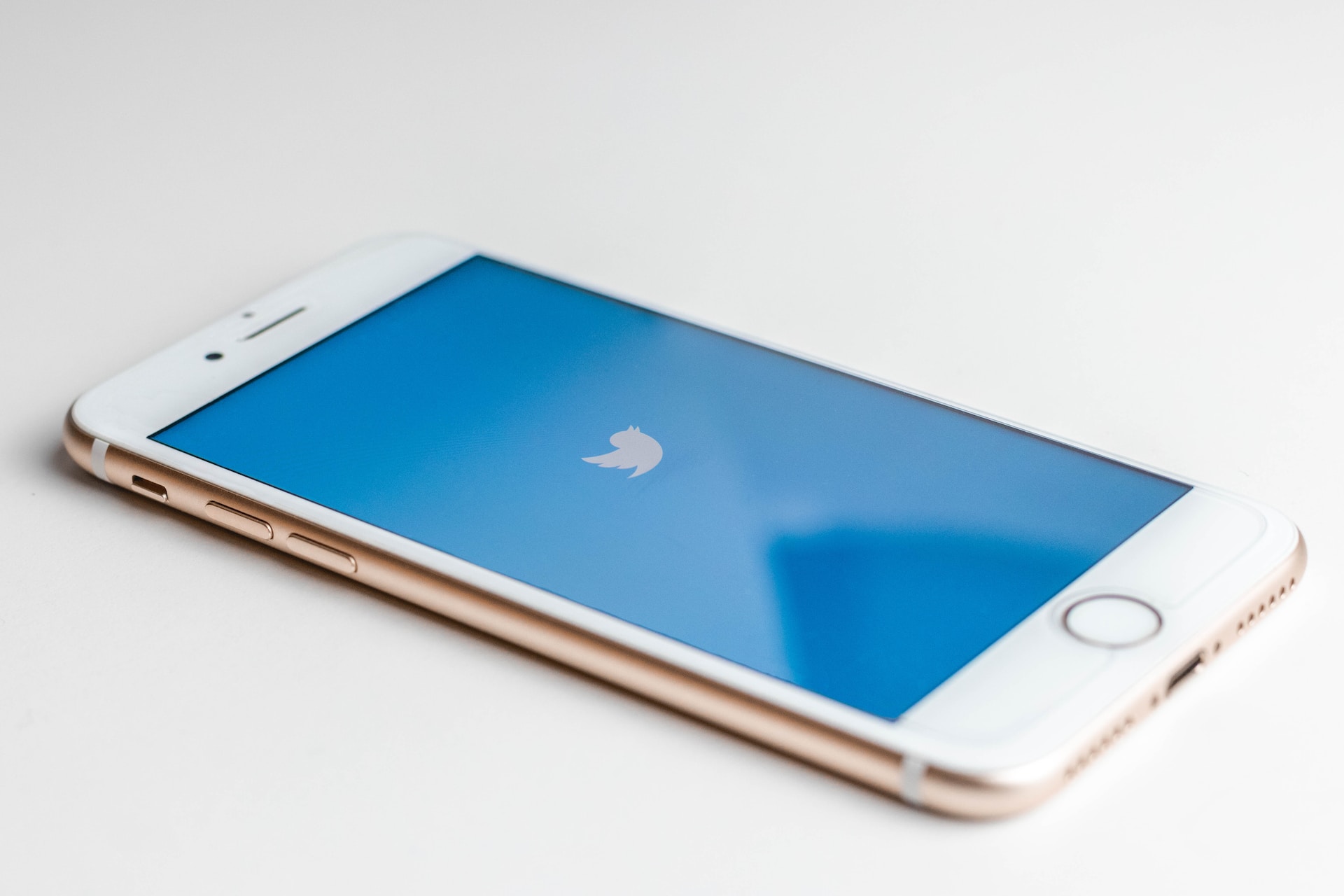
The Anatomy of an Effective Brand Messaging Framework
Brand Purpose: Defining Your 'Why'
- Why does my business exist?
- What problems are we trying to solve?
- How do we make a positive impact on our customers and the world?
Brand Vision: Charting Your Future
Brand Mission: Your Roadmap to Success
Target Audience: Knowing Your Customers
- Who are my ideal customers?
- What are their demographics, interests, and pain points?
- How does my product or service solve their problems?

Brand Promise: Delivering on Your Commitments
Brand Values: Guiding Your Company Culture
Unique Selling Proposition (USP): Standing Out from the Crowd
Creating Your Brand Messaging Framework: Templates and Tips
- Brand Purpose: [Your company's reason for existence]
- Brand Vision: [Your company's long-term goal]
- Brand Mission: [How your company will achieve its vision]
- Target Audience: [A description of your ideal customers]
- Brand Promise: [What customers can expect from your products or services]
- Brand Values: [The principles that guide your company's behavior]
- Unique Selling Proposition: [What sets your company apart from competitors]
- The Challenge: [The problem your target audience faces]
- The Hero: [Your target audience]
- The Mentor: [Your brand, providing guidance and support]
- The Journey: [How your brand helps the hero overcome their challenges]
- The Transformation: [The positive change your brand brings to the hero's life]
- The Resolution: [The ultimate goal your brand helps the hero achieve]
- Roof: [Your overarching brand message]
- Pillar 1: [Key message 1]
- Pillar 2: [Key message 2]
- Pillar 3: [Key message 3]
- Foundation: [Your brand values and purpose]
- Be authentic: Stay true to your brand's values and purpose.
- Keep it simple: Use clear, concise language that is easy to understand.
- Be consistent: Ensure your messaging is consistent across all channels and touchpoints.
- Make it memorable: Use storytelling and emotion to create a lasting impression.
- Adapt and evolve: Continuously review and update your brand messaging as your business grows and evolves.

Examples of Powerful Brand Messaging Frameworks
Example: Nike
- Brand Purpose: To bring inspiration and innovation to every athlete in the world. (If you have a body, you are an athlete.)
- Brand Vision: To be the world's leading sports and fitness company.
- Brand Mission: To deliver innovative products, experiences, and services that inspire athletes worldwide.
- Target Audience: Athletes and fitness enthusiasts of all levels.
- Brand Promise: To empower and inspire athletes to reach their full potential.
- Brand Values: Innovation, sustainability, diversity, and inclusion.
- Unique Selling Proposition: A combination of cutting-edge design, innovative technology, and a deep understanding of athletes' needs.
Example: Airbnb
- Brand Purpose: To create a world where anyone can belong anywhere.
- Brand Vision: To revolutionize the way people travel and experience the world.
- Brand Mission: To connect millions of people in real life all over the world, through a community marketplace that brings together hosts and guests.
- Target Audience: Travelers seeking unique, authentic experiences and homeowners looking to monetize their extra space.
- Brand Promise: To provide a platform for unique, authentic travel experiences that foster human connection.
- Brand Values: Belonging, trust, and hospitality.
- Unique Selling Proposition: A diverse range of accommodations, from private rooms to entire homes, in over 190 countries.
Related Courses
Punchy Messaging for B2B Tech Marketing
Learn how to write simple, human messaging that resonates with your customer and improves your B2B marketing.
Authentic Confidence: Media & Message Mastery
Proven media training frameworks to prepare, perform and be remembered, so you can speak with confidence, clarity and impact.
Digital Advertising Masterclass - Nail Your Next Campaign
Designed for startups and growth stage companies. Learn the framework and strategies used by the world's most successful brands.
Simple Clarity: Get Customers to Instantly Understand and Want Your Brand
If customers don’t “get” your brand, they won’t buy. Learn how to describe your business so they instantly say, “I need this!”
Start-up Brand Bootcamp
Founders and start-up entrepreneurs - Build your brand and create the foundations for sustainable growth.
You might also like

Becoming a Top Product Manager: Tips for Accelerating Your Career Growth

Retention Rate: Driving Sustainable Growth

How to Use Facebook Groups for Community, Networking and Growth

